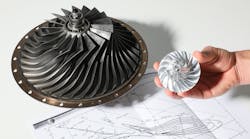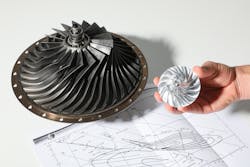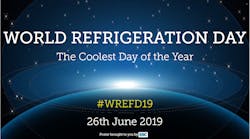In my last blog post, that focused on World Refrigeration Day, I touched briefly on the work of researchers at Ecole Polytechnique Fédérale de Lausanne (EPFL). The research, from EPTL’s Soil Mechanics Laboratory, related to using a geothermal heat recovery system to capture the heat in subway tunnels. That energy could then be used to heat and cool nearby homes.
Before I read the report, I was not at all familiar with EPFL. It is a university and research institute, with its main campus in Lausanne, Switzerland, that specializes in natural sciences and engineering. According to the EPFL website, it is Europe's most cosmopolitan technical university. It boasts a diverse student, faculty, and collaborator population comprised of 120+ nationalities, with more than 15,000 students and staff, nearly half involved in research. Astonishingly, EPFL publishes an average of 382 scientific articles each month!
Conventional heat pumps, like DX systems, operate on a vapor-compression cycle. Microturbocompressors, similar to those used for compressed air applications, because of their very low friction, can replace conventional compressors with a resultant reduction in energy consumption. However, the small diameter of the microturbocompressor wheel (typically less than one inch), and its high rotational speed (200,000-500,000 RPM is common), make the design of microturbocompressors extremely complex.
The first step in that design process is perhaps the most challenging: the calculation of the actual diameter and speed of the wheel. Before EPFL’s breakthrough, engineers were generally forced to rely on design charts which, unfortunately, did not scale down well. By running half-a-million simulations using symbolic regression, the EPFL team was able to generate equations that are accurate at the small sizes involved, provide the same level of detail as more complicated simulations, and can run 1,500 times faster.
The bottom line? Heat pumps with 20-30 percent higher heat transfer coefficients. Since less energy consumption translates to lower carbon emissions, these heat pumps are both energy efficient and environmentally more friendly.
A regular contributor to HPAC Engineering and a member of its editorial advisory board, the author is a principal at Sustainable Performance Solutions LLC, a south Florida-based engineering firm focusing on energy and sustainability.












